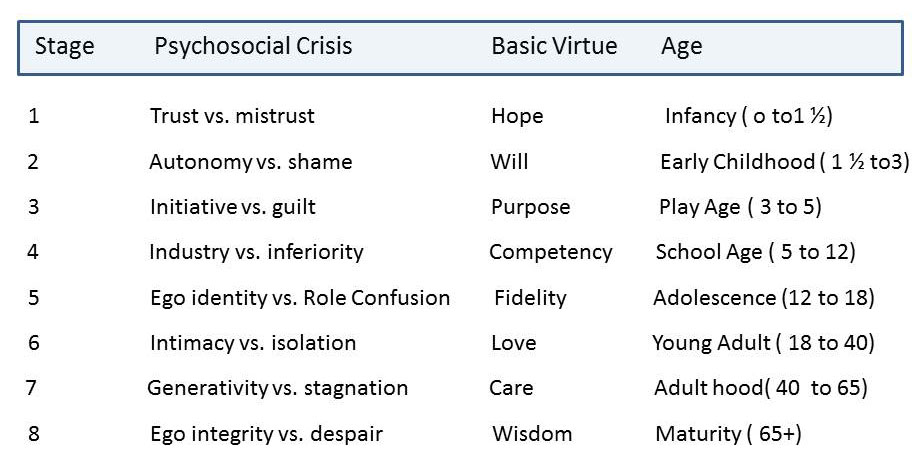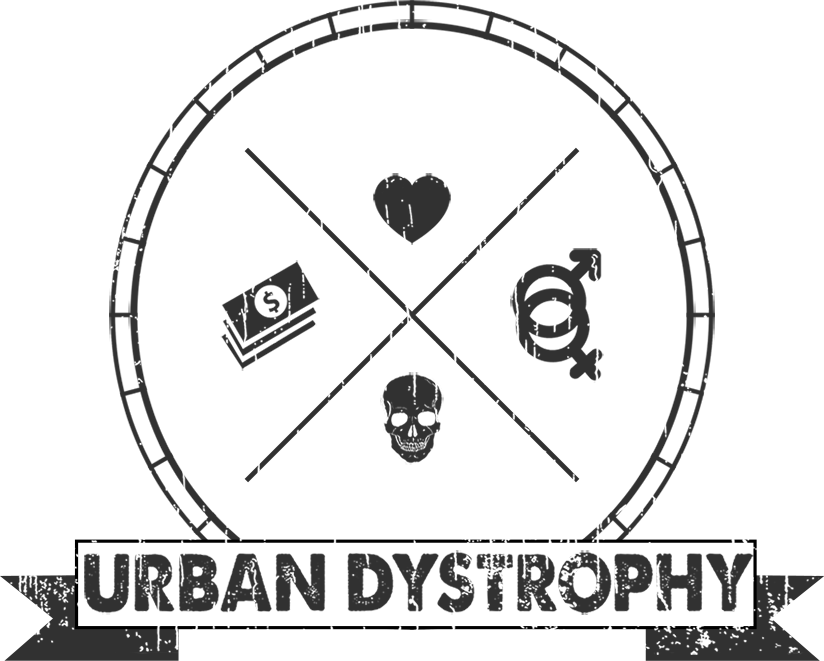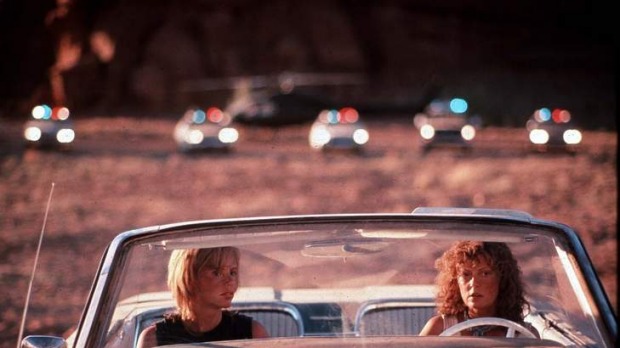When I was 28 I ran into a guy at my gym who happened to be 33, which, at the time, I considered “old.”
Then I did the math and that very afternoon had my first midlife crisis.
Back then older men were out of shape, heavy drinkers, Viceroy smokers…and resigned to life’s inevitable destiny, which was usually just around the corner.
Then as I got older I noticed that the boundaries became a lot more flexible.
~~~
First identified by Elliot Jacques in 1965 – around the time The Beatles were in the studio working on “Rubber Soul” – the term “midlife crisis” became widely known after it began to be used by Freudian psychologists.
Among them was Carl Jung, who considered it a normal part of adult maturation — the time during which people “took stock of themselves.”
In other words, “What have I done with my life? And furthermore, “Is it enough to pave the way for reasonably healthy self-esteem?”
Jung placed this period in life midway between adulthood and the end of life, which today is anybody’s guess.
Then Erik Erikson, the theorist known for creating the “8 Stages of Development,” explained it as a transition during the stage he called “middle adulthood.”
As I see it, it’s a kind of Post-Modern Renaissance where things like depression, anxiety, and increased alcohol and drug use lead to relief through psychotherapy and medication.
But distraction is not the same as, so many focus their attention on things like hookers and Vicodin that don’t remind them of where they actually are.
But there is a lot of debate these days over whether this crisis is biologically or environmentally based, some believing it is primarily triggered by signs of physical aging [i.e., feeling trapped in a body they no longer recognize], loss of potency for men, and a crappy investment portfolio.
In my view, it’s a little of both.
1] We live longer, so we have more time to contemplate reality, which everyone agrees is a bad idea when you’re no longer 25.
2] We expect to be happier than we should be for middle aged adults, so we spend an inordinate amount of time looking for it.
No one is happier at middle age than we are as young men and women no matter what we tell ourselves.
No wonder everyone is always talking about the virtues of acceptance.
If that makes you happy, great.
Life gives and takes in equal measure. Get used to it.
3] The changing gender roles left men and women financially co-dependent, so while women are today just as likely to have extramarital affairs, buy sports cars and act like juvenile delinquents, we see that the divorce rates are dropping because it isn’t worth the financial hit.
Better to keep the 7-figure house and country club membership than go back to apartment living.
So now who’s “midlife crisis” is it?
We’re both in an emerging maturity crisis and it’s not pretty.
NOTES
Midlife crisis is a term first coined by Elliott Jaques referring to a critical phase in human development during the forties to early sixties, based on the character of change points, or periods of transition. The period is said to vary among individuals and between men and women. Despite popular perception of this phenomenon, empirical research has failed to show that the midlife crisis is a universal experience, or even a real condition at all.
Erik Erikson’s 8 Stages of Development:
 How it manifests in men and women:
How it manifests in men and women:
Men I know revisit their childhoods with 1000 times the cash and only a modicum of additional maturity. They buy houses and cars, take lots of vacations, have their bodies waxed and sculpted, and purchase Filipino prostitutes on the Internet hoping they will love them for who they are.
Older women bond with other single women through travel, book clubs and social events.
Clearly, they are better at acceptance than are men, and, at this writing, usually inherit their estates.

